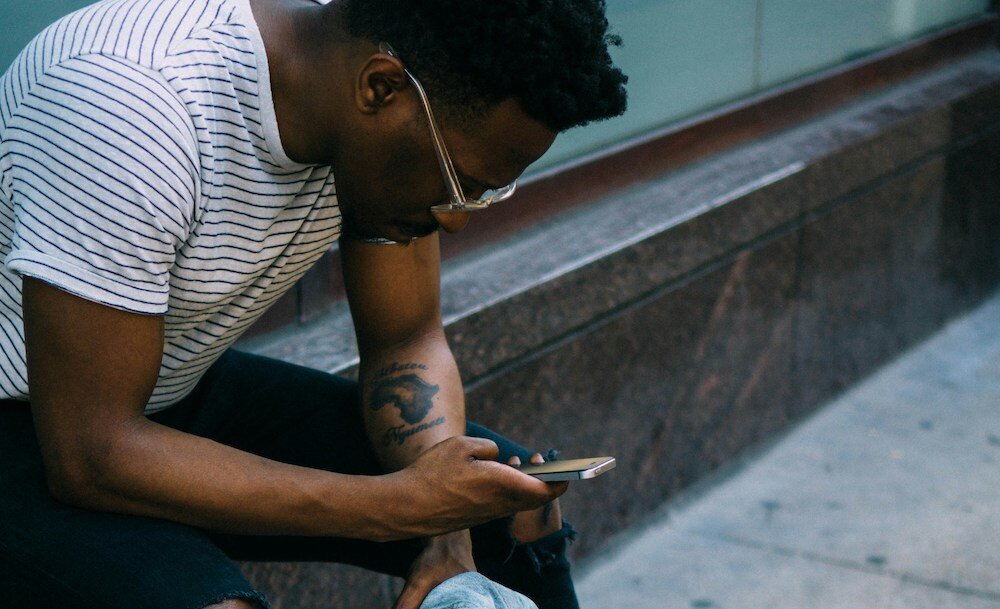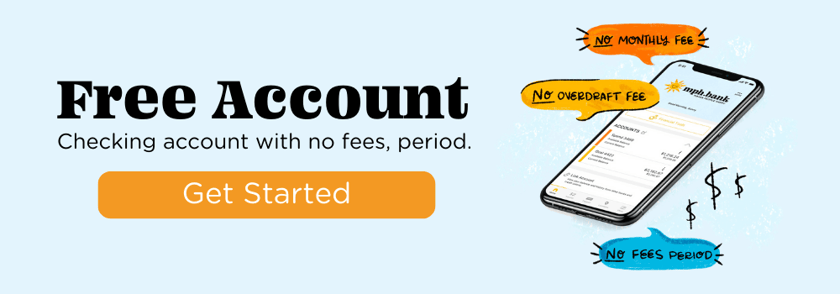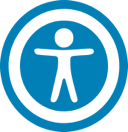“Cybercrime is the greatest threat to every company in the world.” — Ginni Rometty, former CEO of IBM.
And it’s not just companies. Your money? Your personal data? Your online banking account? They're all sitting in the crosshairs.
Related Article: Set it and Forget It: The Power of Automated Savings
Let’s get real—online banking isn’t a trend anymore. It’s the new normal. Millions of people log into their bank accounts on their phones before they even make their morning coffee. You probably do, too. It’s fast. Convenient. And in most cases, it works like a dream.
But then you hear the stories—accounts drained, personal info stolen, scammers running wild. Suddenly, that slick banking app on your phone starts to look a little suspicious.
So, is your online bank account actually safe?
Here’s the short answer: It can be.
Here’s the long answer: It depends on a few things—like where you bank, how you access your accounts, and whether you're doing the bare minimum... or taking full control of your digital security.
This post is your no-fluff guide to understanding the real risks of online banking—and more importantly, how to protect yourself from them. You’ll walk away with practical, easy-to-use steps you can implement today. Yes, today. Not next week. Not “when you have time.”
No scare tactics. No tech jargon. Just real talk from a real expert (hi, that’s me 👋) who wants to help you make smarter, safer decisions with your money.
1. The Real Risks of Online Banking
Let’s not sugarcoat it—there are risks. But understanding them puts you in the driver’s seat.
Here’s what’s actually at stake:
- Phishing attacks: You get a text that looks like it’s from your bank. You click. Boom—scam city.
- Data breaches: Your bank gets hacked. Your info gets leaked. It happens.
- Malware: Keyloggers, trojans, or sneaky spyware that tracks what you type and see.
- Public Wi-Fi traps: Logging into your bank account at Starbucks? That’s a hacker’s playground.
- Weak passwords: “Password123” doesn’t cut it anymore (if it ever did).
But here’s the twist: most breaches don’t happen because the bank messed up. They happen because someone got tricked. And that’s actually good news—because it means you have power. More than you think.
2. How Banks Protect You (Behind the Scenes)
You don’t always see it, but legitimate banks work really hard to protect your money.
Here’s what’s going on in the background:
- Encryption: Everything you send through the app or website is scrambled and unreadable to hackers.
- Two-Factor Authentication (2FA): This adds a second lock to your digital vault—usually a code sent to your phone.
- Behavior tracking: Banks watch how and when you log in. If something seems off—like a login from another country—they’ll flag it instantly.
- Automatic logouts: Gone are the days of staying logged in for hours. Banks boot you out quickly for your own safety.
- Fraud detection systems: AI and machine learning are tracking strange behavior in real-time.
Oh—and FDIC insurance? That covers up to $250,000 per depositor, per insured bank, per account category. That’s not security against hacking, but it is peace of mind if your bank ever fails.
3. What Makes an Online Bank Account Safe
Not all online banking is created equal.
Here’s your mini-checklist for determining if your online bank is playing by the rules—or cutting corners.
✅ FDIC or NCUA insured (credit unions fall under NCUA)
✅ HTTPS in the URL (look for the lock symbol)
✅ Biometric login options (face ID, fingerprint, etc.)
✅ Dedicated mobile app (not just a mobile-friendly site)
✅ Customer service you can actually reach
✅ Custom alerts (so you know the moment anything weird happens)
4. Red Flags: What to Avoid
Some online banks or apps just don’t pass the sniff test. Here’s what to steer clear of:
🚩 Unfamiliar names with no customer reviews
🚩 No contact information or vague details
🚩 No FDIC/NCUA mention on their site
🚩 Only reachable by email—no phone number
🚩 Pushy sign-up offers or sky-high rates that feel “too good to be true”
🚩 Clunky, outdated websites
🚩 No mention of encryption or security standards
If something feels off, trust that instinct. Scammers are slick, but your gut is smarter than you think.
5. Action Steps: How to Protect Your Account Today
Here’s where it gets practical. Do these things today—and you’ll sleep better tonight.
Use a password manager: Long, random passwords are impossible to guess—and you don’t have to remember them.
- Enable two-factor authentication: Do not skip this. It’s like adding a deadbolt to your digital front door.
- Avoid banking on public Wi-Fi: Just… don’t. Use your phone’s data or a VPN.
- Set up transaction alerts: Know the second money leaves your account.
- Log out after each session: Especially if you’re using a shared device.
- Keep your devices updated: Those software updates? They patch up security holes hackers love.
- Learn to spot phishing: No bank will ever ask you to confirm info via text or email. Period.
- Monitor your accounts weekly: Make it part of your routine—just like brushing your teeth.
These steps aren’t hard. They’re just habit. And they make a huge difference.
6. Bonus Tips: What Most People Forget
A few things that slip through the cracks—but matter a lot.
Have a plan if you get hacked
Know how to freeze your accounts, file a fraud report, and contact your bank quickly. Speed is everything when it comes to damage control.
Don’t save passwords in your browser
It’s convenient—but if your browser gets compromised, so does everything else.
Check your credit reports
Free once a year from each bureau (use AnnualCreditReport.com). Look for weird accounts or unfamiliar activity.
Secure your phone too
Use a passcode. Enable biometrics. Turn off previews on lock-screen notifications. A stolen phone = a direct line to your accounts.
7. Online Banking Without the Stress
Online banking isn’t going anywhere. And that’s a good thing—because when it’s done right, it’s secure, convenient, and empowers you to manage your money with confidence.
But here’s the golden rule: Don’t leave your security up to chance.
The truth is, you are the first line of defense.
Your habits. Your awareness. Your decisions.
The banks are doing their part behind the scenes. It’s time to do yours—with confidence, clarity, and a plan.
And now? You have that plan.
Go on—log in, check your settings, and tighten things up. You’ve got this.
What do fish use as currency to purchase anything?
Sand Dollars! Sign up to receive important information on banking, financial tips, and jokes like this directly to your inbox










